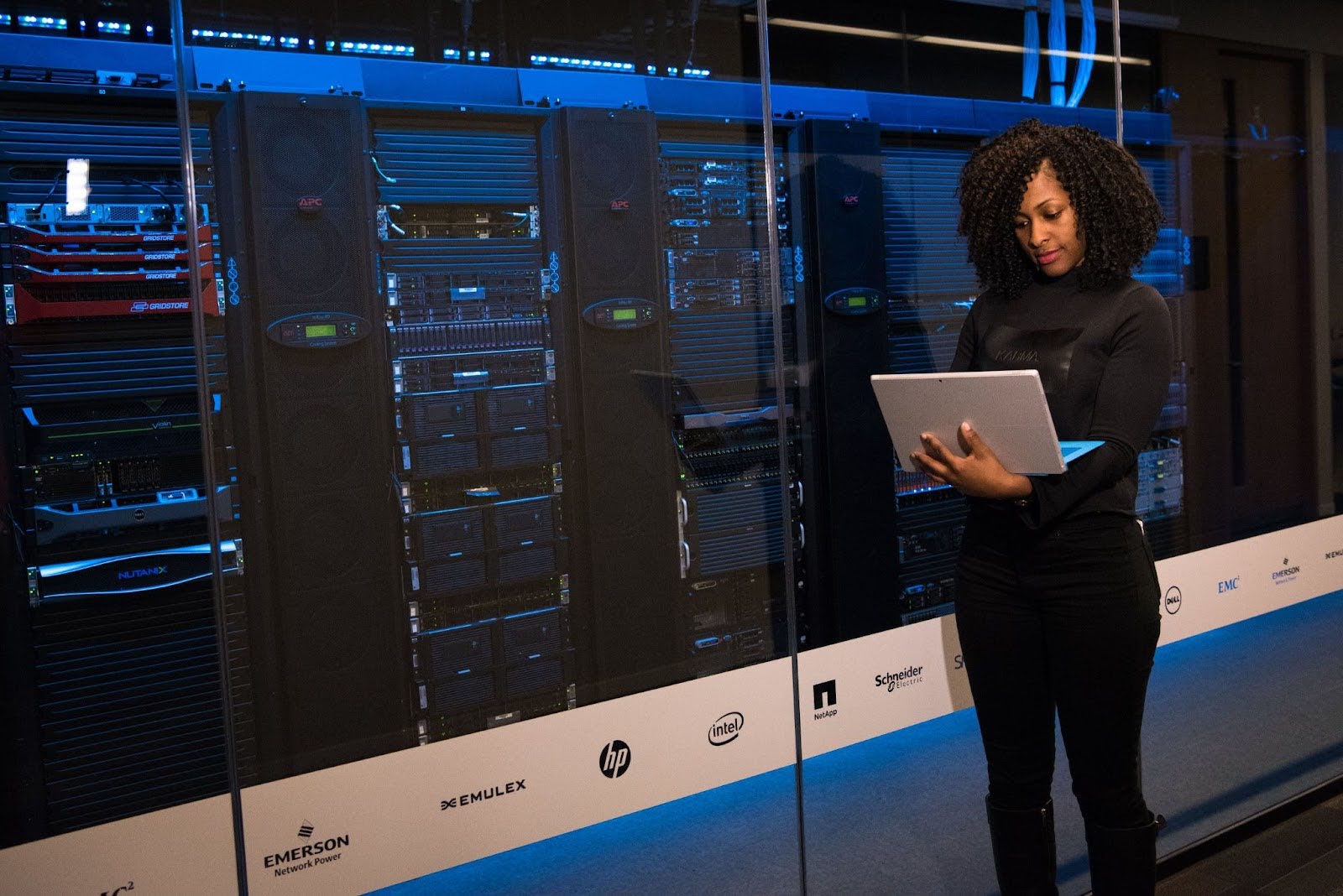
At Founding Minds, we are always committed to staying at the forefront of technology and innovation. Recently, our Technical Lead, Sneha Pillai, and her team embarked on a transformative journey from traditional Dotnet application development to fully cloud-based application development using AWS. The transition was a resounding success, leveraging the power of AWS native cloud tools and services.
The project involved moving sensitive customer Personally Identifiable Information (PII) and documents into the cloud. Handling financial documents from customers was the ultimate balancing act. We had to make it simple and smooth for our users to upload their documents securely while keeping our defences strong. Let’s not forget the little malware lurking in the corners—end computers that might be compromised. We left no stone unturned in ensuring data security both in transit and at rest.
AWS, to the rescue!
With AWS’s top-notch security features, we built an ironclad fortress around the precious data. From robust encryption to secure access controls, we had our customers’ backs every step of the way. In this blog post, we sit down with Sneha Pillai to learn about her experience, challenges, and this ambitious cloud project’s remarkable outcomes.
From Dotnet to Cloud:
Before diving into the cloud journey, Sneha Pillai had a rich background in Dotnet development. Proficient in languages like C# and VB.NET, she primarily focused on building web applications using ASP.NET. Utilizing Microsoft Visual Studio as her primary IDE and NuGet for third-party library integration, she was skilled in Windows and cross-platform development, with experience in .NET Core. This expertise allowed her to deliver robust and scalable applications over the years.
Motivation to Embrace the Cloud:
When asked about her motivation to migrate from Dotnet to cloud-based application development, Sneha Pillai explained that the project requirements demanded scalability and global reach. Cloud offered the ability to scale applications seamlessly, reducing latency and ensuring high performance. The prospect of expanding the application’s footprint to multiple regions without worrying about managing servers in different locations was incredibly appealing.
Challenges Encountered During the Migration Process:
Transitioning from traditional on-premises or monolithic application development to cloud-based architecture introduced Sneha Pillai to various challenges. Concepts like microservices, serverless computing, and distributed systems architecture needed understanding and adaptation. Moreover, she had to migrate databases to cloud-native solutions such as Amazon RDS or DynamoDB and implement cloud-specific security measures to meet compliance standards.
Adapting Development Workflow to AWS Services:
For Sneha, the initial challenge was the learning curve associated with AWS services, APIs, SDKs, and tools. The vast array of services provided by AWS required careful consideration in selecting the appropriate ones for specific requirements. Security was another critical aspect, with the need to identify and implement suitable AWS features to ensure a secure environment.
Experience with AWS Services: EC2, S3, Lambda, and RDS:
While working with AWS services like EC2, Sneha faced challenges in instance selection, sizing, and optimizing costs and performance. Managing and organizing data within S3 buckets, including access controls, versioning, lifecycle policies, and encryption, demanded attention. Testing and debugging Lambda functions also required a different approach than traditional server-based applications, emphasizing the importance of error handling and logging.
Designing and Managing Cloud-Based Databases in AWS:
Designing and managing cloud-based databases presented Sneha and her team with the challenge of choosing the right database service among the various options AWS provides. Setting up automated backups, replication, and recovery mechanisms and testing their effectiveness added complexity to the process.

Performance and Scalability Challenges:
Sneha Pillai and her team encountered no unexpected performance or scalability challenges during the development. Their careful planning and adoption of serverless architecture using AWS Lambda contributed to a smooth and efficient transition.
Serverless Architecture with AWS Lambda:
The implementation of serverless architecture with AWS Lambda significantly impacted the application development process. Sneha and her team spent less time on infrastructure-related tasks, enabling them to focus on delivering value to users.
Security and Access Control in AWS Services:
Sneha Pillai emphasized the importance of implementing secure IAM practices, using VPC and network security, and encrypting data both in transit and at rest to ensure proper security measures.
Monitoring and Troubleshooting Applications Hosted on AWS:
Integration with AWS CloudWatch for monitoring and troubleshooting was a game-changer for Sneha Pillai. CloudWatch provided real-time metrics, custom dashboards, and alarms to manage the application’s health and performance proactively.
Cost Optimization and Best Practices:
Though Sneha did not face cost optimization challenges, she shared common strategies that can be adopted to manage and optimize an application’s cost on AWS. Some of the best practices she highlighted were using serverless services like AWS Lambda and RDS, monitoring costs with AWS Cost Explorer and AWS Budgets, and implementing logging and monitoring with AWS CloudWatch.
The migration from traditional Dotnet to fully cloud-based application development using AWS was a remarkable experience for Sneha Pillai and her team. Embracing cloud-native tools and services empowered them to create scalable, high-performance applications with global reach. Their journey showcased the power of AWS in enabling innovation and propelling businesses to new heights.
If you’re considering a similar migration, Sneha Pillai offers valuable advice: “Understand and implement cloud-specific security measures while adhering to compliance standards and familiarize yourself with cloud-specific monitoring solutions like AWS CloudWatch. Embrace Infrastructure as Code (IaC) to streamline provisioning and management of AWS resources.”
With this successful migration behind them, the Founding Minds Team looks forward to continued growth and success on the AWS cloud, delivering even more value to our users with the help of cutting-edge technologies.
About Sneha Pillai:
Sneha Pillai, an experienced Technical Lead at Founding Minds, is passionate about technology and specializes in cloud-based application development, AWS services, Dotnet, and Angular full-stack development. Her commitment to excellence and innovation has played a pivotal role in transforming our website’s infrastructure, making it more scalable, efficient, and future-ready.

